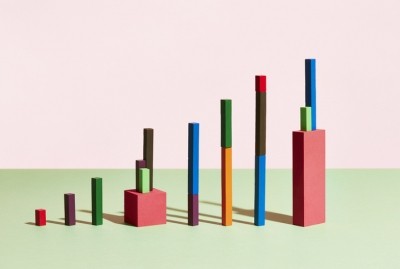What changes are needed for more connected and continuous manufacturing?

Reducing process development time using high throughput methods and analytics continues to be a trend, according to Darren Verlenden, head of bioprocessing, life science division, Merck.
In terms of current challenges in existing downstream-processing analytics, and what improvements are needed, he told this publication that the majority of analytics for Critical Quality Attributes (CQAs) occurs in separate laboratories and the material is held before additional purification. “Reducing or eliminating this evaluation time will be critical in the move to connected and continuous manufacturing."
Merck, he said, anticipates co-evolution of both at-line and on-line analytics.
Martin Vollmer, strategic program office lead, biopharma life sciences analysis group (LSAG), Agilent Technologies, also weighed in on what improvements are needed in relation to analytical technologies for continuous monitoring of downstream unit operations.
He told BioPharma-Reporter the current challenge is that many analytical tasks are still offline.
“This means a long time to result which might not allow for immediate action when needed. Many analytical capabilities still also need manual interaction and lack full automation.
“Full integration of analytical technologies into the process and a higher degree of robustness will help to provide real-time answers, reduce costs, avoid costly failures, and make processes much more robust," said Vollmer.
But, he noted, changing established processes is, for most biopharmaceutical companies, a no-go due to associated risk and cost.
"With more new products coming down the pipeline there is a likelihood that things will change slowly but progressively since the advantages are evident. For example, online-LC solutions as process analytical technology (PAT) tools offer significant versatility. This technology has the power to analyze multiple process- and product-related attributes with a single measurement and get high-quality data from the analysis."
Capture chromatography
Capture chromatography can be a bottleneck in biomanufacturing processes and a significant contributor to manufacturing cost of goods.
“We have observed advancements in efficiency and productivity in the capture step, such as bulk harvest pre-concentration to reduce loading times, but the move to multi-column capture brings additional system complexity with additional valves and pumps.
"Our Mobius Multi Column Capture system, launching mid-2022, addresses these challenges with a simplified layout in a three-column format,” said Verlenden.
He also flagged innovation around flow-through polishing.
“Historically, many of the polishing unit operations have been operated in flow-through mode: post-viral inactivation filtration, anion exchange, virus filtration, with cation exchange operated in bind and elute mode.
“The recent addition of effective aggregate clearance in flow through mode, using Eshmuno CP-FT, provides an opportunity to operate all polishing steps in flow-through mode.
"In modelling that we have completed, removing this bind and elute step reduces buffer usage up to 87% across polishing steps and improved productivity. An additional point is that, using flow through ion exchangers, provides an opportunity to re-evaluate process optimization. By placing anion exchange in front of cation exchange, the number of pH modifications is reduced, and we have observed an increase in virus filtration capacity.”

















